James Murdoch quits News Corp board over editorial content 'disagreement'
Rupert Murdoch's son James has resigned from the board of news publisher News Corp. citing disagreements over editorial content. The 47-year-old has recently been critical of his father's business and its media coverage.

James Murdoch, son of media tycoon Rupert Murdoch, has resigned from the board of news publisher News Corp citing disagreements over the editorial content of its newspapers, which includes the Wall Street Journal, and the New York Post among others.
"My resignation is due to disagreements over certain editorial content published by the company’s news outlets and certain other strategic decisions," Murdoch said in a letter sent to the board on Friday.
James' more conservative brother Lachlan Murdoch is the heir apparent to Rupert Murdoch and is co-chairman of News Corp, which the family controls through 39% of the voting shares. Lachlan is also the executive chairman and CEO of Fox Corporation which owns the right-wing US network Fox News.
"We are grateful to James for his many years of service to the company. We wish him the very best in his future endeavors," Rupert and Lachlan Murdoch said in a statement.
James Murdoch, the former CEO of 21st Century Fox, was once seen as the successor to his father's media empire. He has recently been critical of the family business and its media coverage.

Rupert Murdoch grew his media empire from a newspaper group in Australia.
The New York-based company publishes major newspapers in the UK and Australia and owns book publisher HarperCollins.
In January, James and his wife said they were disappointed by the climate change skepticism of some News Corp-owned publications in their coverage of Australia's wildfires. He had previously criticized News Corp's editorial decision and said he disagreed with Fox News' coverage.
James has launched his own private holding company, Lupa system which has invested in Vice Media among other things.
Media scion James Murdoch quits News Corp board
Issued on: 01/08/2020 -
New York (AFP)
Former 21st Century Fox chief executive James Murdoch, the son of media tycoon Rupert Murdoch, has resigned from News Corp's board citing clashes over editorial content, US regulators said.
The 47-year-old once seen as his father's successor has been openly critical of some media coverage from publishing empire News Corp's outlets in recent months.
According to a letter written by James Murdoch and released Friday by the US Securities and Exchange Commission (SEC), his resignation was due to "disagreements over certain editorial content published by the company's news outlets and certain other strategic decisions".
News Corp owns the Wall Street Journal, the New York Post, The Times and the Sun newspapers among others, but not Rupert Murdoch's Fox News network.
James Murdoch's decision reinforces his disengagement from the family media empire, which grew from a newspaper group in Australia.
In January, he denounced the climate change skepticism of some Murdoch media, citing coverage of the fires which devastated large parts of Australia.
In a statement, widely reported by US media at the time, Murdoch and his wife spoke of their "frustration" with some of the News Corp and Fox coverage, adding that they were "particularly disappointed with the ongoing denial among the news outlets in Australia given obvious evidence to the contrary."
Rupert Murdoch has said he does not employ climate change deniers, and has previously described himself as a climate "sceptic".
The pair have also diverged politically.
While Rupert Murdoch has been a longtime supporter of Republican President Donald Trump, his son has reportedly donated hundreds of thousands to Democrat challenger Joe Biden's 2020 campaign.
James Murdoch, who headed 21st Century Fox until he stepped down last year when Disney acquired most of the group's assets, has launched his own private holding company called Lupa Systems, which has taken a stake in Vice Media.
"We're grateful to James for his many years of service to the company. We wish him the very best in his future endeavors," said Rupert Murdoch, executive chairman of News Corp and James's brother Lachlan Murdoch in a statement.
© 2020 AFP
Media scion James Murdoch quits News Corp board
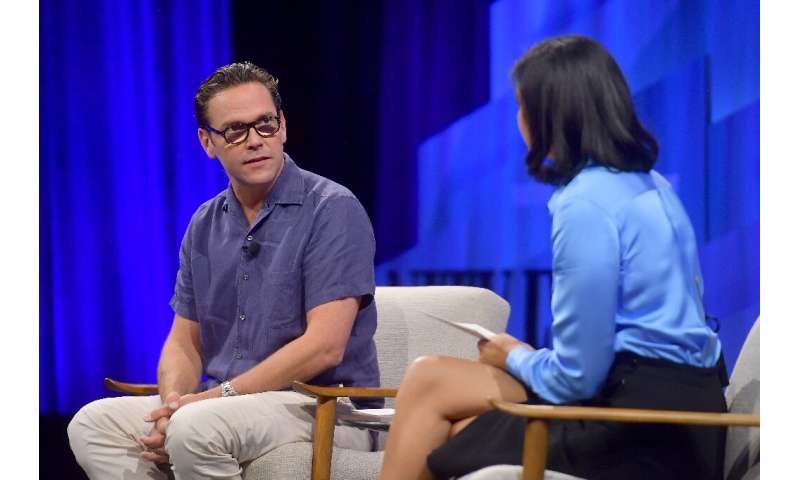
Former 21st Century Fox chief executive James Murdoch, son of media tycoon Rupert Murdoch, has resigned from News Corp's board, according to a document released Friday by the US Securities and Exchange Commission (SEC).
A letter sent by James Murdoch to the board said the decision was due to "disagreements over certain editorial content published by the company's news outlets and certain other strategic decisions."
News Corp owns the Wall Street Journal, the New York Post, The Times and the Sun newspapers among others, but not Rupert Murdoch's Fox News network.
James Murdoch was once seen as his father's successor, but Friday's move reinforces his disengagement from the family media empire, which grew from a newspaper group in Australia.
Murdoch, Rupert's younger son, headed 21st Century Fox until last year when he left after Disney acquired most of the group's assets.
James Murdoch, 47, has recently been critical of his father's business and its media coverage.
In January, he denounced the climate change skepticism of some Murdoch media, citing coverage of the fires which devastated large parts of Australia.
He has launched his own private holding company called Lupa Systems, which among other things has taken a stake in Vice Media.
"We're grateful to James for his many years of service to the company. We wish him the very best in his future endeavors," said Rupert Murdoch, executive chairman of News Corp and James's brother Lachlan Murdoch in a statemen




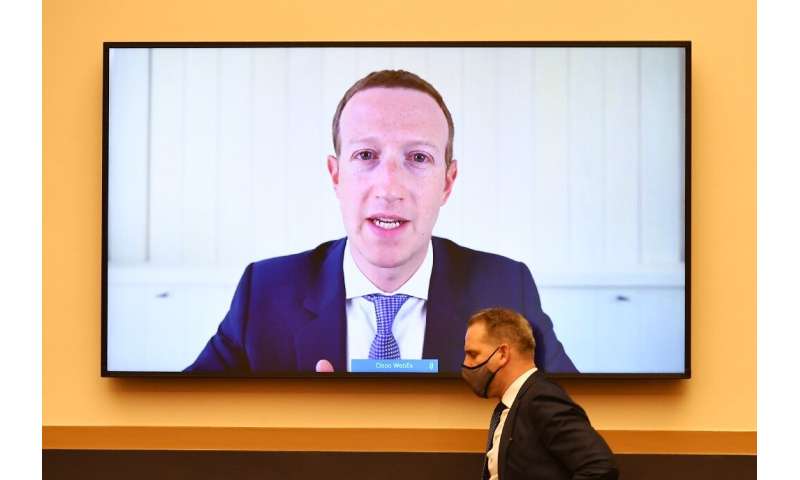
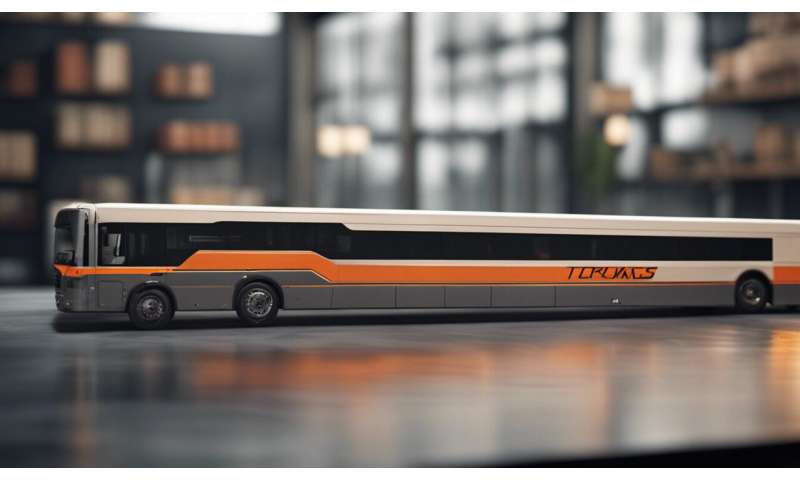
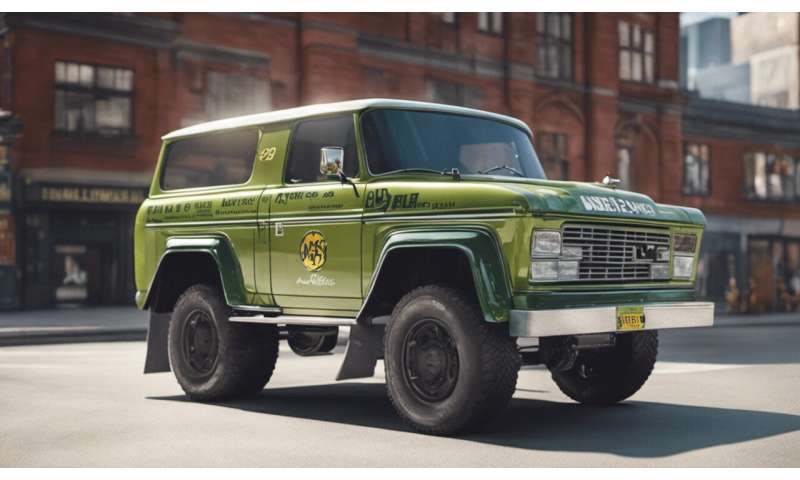


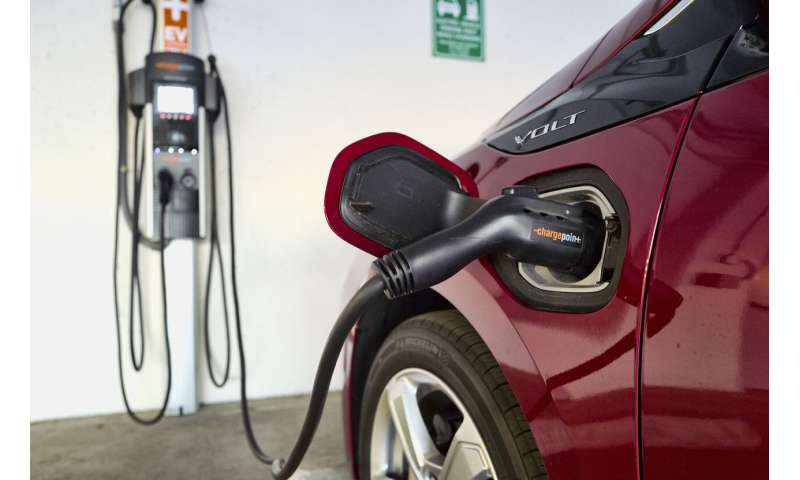
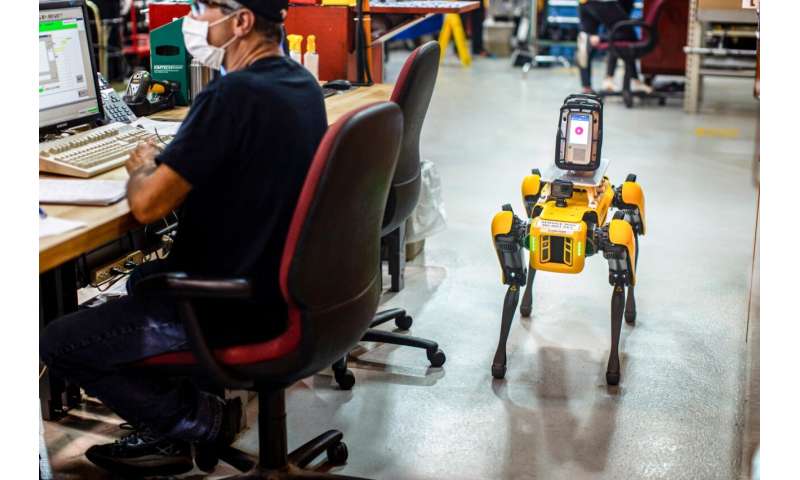 Credit: Ford
Credit: Ford

